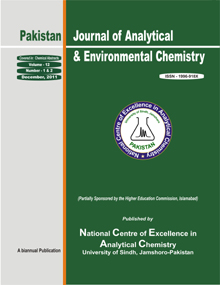Microplastics in Table Salts: Sources, Abundance, Types, and Consumption– A Review
DOI:
https://doi.org/10.21743/pjaec/2025.06.01Keywords:
Microplastics, Sea salt, Table salt, Health impacts, Global plastic pollution.Abstract
Microplastics (MPs) exist everywhere, from the bottom of the ocean to the peak of mountains, and pose a significant threat to species and habitats. These tiny plastic particles have polluted all components of the biosphere, including both biotic and abiotic components of the Earth. There is a global concern regarding this problem and studying MPs in various compartments of Earth is mandatory. This paper reviews the research articles published worldwide on microplastic particles' prevalence, composition, abundance, color, and structure using methodologies like filtration, spectroscopy, and chemical analysis in all table salts, including sea, rock, and lake salts. This review paper analyzes and compares the Atlantic Ocean as the most polluted with per capita plastic waste disposal compared to the Arctic and Pacific oceans. Microplastic contamination is higher in Asia. The most contaminated salt type is sea salts followed by lake and rock salts. Morphologically, fibers are more abundant than fragments or films of plastics. The consumption of table salts is higher in some countries, indicating the varying microplastic consumption in
humans.
Downloads
Downloads
Published
Issue
Section
License
Copyright (c) 2025 Pakistan Journal of Analytical & Environmental Chemistry

This work is licensed under a Creative Commons Attribution-NonCommercial-ShareAlike 4.0 International License.











